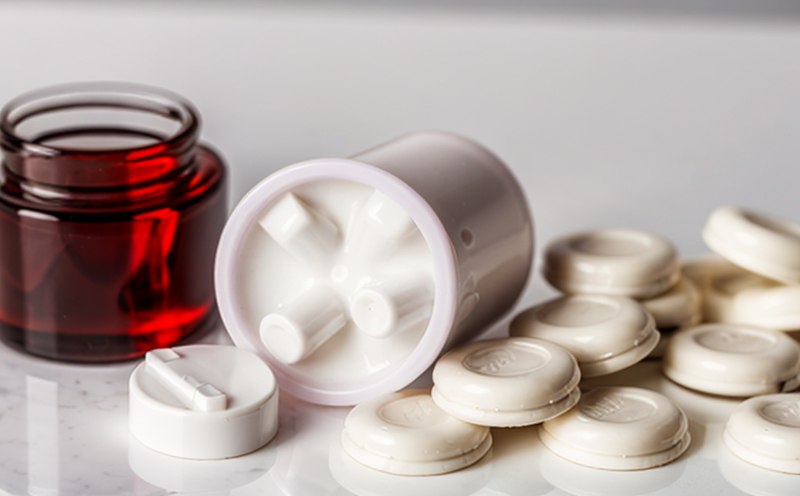USP Blend Uniformity Testing of Powders
The USP Blend Uniformity Test is a critical procedure used to ensure that oral solid dosage forms, such as tablets and capsules, contain the correct proportion of active ingredients. This test ensures that each unit dose contains an accurate amount of the drug substance within acceptable limits. The primary objective is to maintain therapeutic consistency among individual units.
The USP provides detailed guidelines for blend uniformity testing in its official monographs, which are widely accepted worldwide. The tests aim to detect any variations in the concentration of active ingredients across different units due to blending inefficiencies or other factors. These variations can significantly impact a patient's response to medication, making this test essential for drug quality control.
Blend uniformity testing typically involves two main steps: sampling and analysis. During sampling, a representative sample is taken from the blend of powder using a defined method to ensure that it accurately represents the entire batch. The sample is then analyzed using various analytical techniques depending on the nature of the active ingredient.
The most common methods for blend uniformity testing include dissolution testing and weight difference testing. Dissolution tests measure how quickly the drug dissolves from each unit dose, while weight difference tests compare the actual weight of individual units against a target value. Both methods help identify any significant deviations in the distribution of active ingredients.
For accurate results, it is crucial to follow precise protocols and use appropriate instrumentation. Instruments such as high-performance liquid chromatography (HPLC), near-infrared spectroscopy (NIRS), or X-ray diffraction can be employed based on the drug's chemical properties. Proper calibration of these instruments ensures reliable data collection.
| Analytical Method | Description | Application |
|---|---|---|
| Dissolution Testing | Measures how quickly the drug dissolves from each unit dose. | Used to assess bioavailability and dissolution rate. |
| Weight Difference Testing | Compares the actual weight of individual units against a target value. | Ensures consistent weight distribution among tablets or capsules. |
Why Choose This Test
Conducting USP blend uniformity testing is essential for several reasons. Firstly, it ensures that the drug product meets regulatory requirements set by agencies like the FDA and EMA. Compliance with these regulations not only protects consumers but also enhances public trust in pharmaceutical products.
The test helps manufacturers maintain consistency across production batches, reducing variability in therapeutic outcomes. Consistency is crucial for patient safety and efficacy, especially when dealing with active ingredients that require precise dosing.
Additionally, the USP Blend Uniformity Test provides valuable insights into blending processes, allowing companies to identify and address issues early in the development or manufacturing process. This proactive approach can lead to improved product quality and reduced costs associated with rework or recalls.
- Ensures compliance with regulatory standards
- Maintains consistent drug efficacy across batches
- Identifies potential blending inefficiencies early in the process
- Enhances overall product quality and patient safety
International Acceptance and Recognition
The USP Blend Uniformity Test is recognized globally for its stringent standards. Countries such as the United States, Europe, Japan, and many others adhere to these guidelines because they provide a standardized approach to assessing blend uniformity.
ISO 17025-accredited laboratories play a vital role in ensuring that test results are accurate and reliable. These labs must meet strict quality management requirements outlined by international standards, thereby providing credible data for regulatory submissions.
- American Society of Pharmaceutical Engineers (ASPE)
- European Pharmacopoeia (Ph.Eur.)
- Japanese Pharmacopoeia (JP)
- International Conference on Harmonisation (ICH) Q7A
Use Cases and Application Examples
This test is particularly applicable to various types of oral solid dosage forms, including tablets, capsules, granules, and powders. It ensures that these formulations contain the correct proportion of active ingredients, which is critical for both efficacy and safety.
| Dosage Form | Active Ingredient | Testing Method |
|---|---|---|
| Tablets | Ibuprofen | Dissolution Testing |
| Capsules | Prednisone | Weight Difference Testing |
| Granules | Vitamin C | Dissolution Testing |
| Powders | Cetirizine HCl | Weight Difference Testing |





